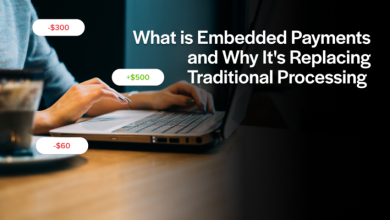
Too many UK companies sign software agreements that look fine at first but slowly drain budgets because no one tracks the details and how circumstances change over time. You may feel confident during procurement but the real issues start when the contract sits in a folder with no ownership or review.
These gaps make it easy for renewals to roll over and for silent costs to grow each year. Keep reading to understand the biggest mistakes and how you can avoid them.
Lack of Centralised Contract Visibility
One of the most common problems is not keeping all agreements in a single, structured location. When contracts sit across inboxes, shared drives and old spreadsheets you can’t see your true spend pattern. This weakens effective oversight. You might also miss key data like:
- Renewal dates
- Payment terms
- Price increases
- Usage rights
- And more
That’s why many UK companies now turn to Vertice SaaS contract management since this useful platform provides a unified space where every agreement, renewal date and commercial term sits clearly in view. This can give you stronger control and removes the confusion that comes with scattered records.
Sub-Optimal Team Collaboration
This level of clarity matters since UK businesses often run dozens of SaaS tools across different teams. Without one centralised hub of information, you can’t check whether each contract still fits your needs or whether costs have quietly increased.
A central record also helps teams like finance, IT and procurement stay aligned with each other’s goals, which avoids confusion during renewals and supports better decisions throughout the year.
Falling for the Auto-Renewal Trap
Perhaps the most common financial mistake is failing to proactively manage the contract renewal cycle. SaaS agreements are notoriously sticky, often featuring automatic renewal clauses that lock the customer into another 12-month or multi-year term unless they provide explicit notice of termination, usually 60 to 90 days in advance.
Price Hikes Shouldn’t Go Unnoticed
UK companies frequently miss these narrow windows, resulting in an enforced renewal at an inflated price. Vendors often hike fees by 10% to 20% with every renewal, knowing the customer is reluctant to cancel and look for alternatives.
Furthermore, lacking a central tracking system means teams often scramble to assess the contract value only after the auto-renewal date has passed, forfeiting all leverage to negotiate better terms or downsize licenses. Proactive planning is essential to avoid being strong-armed into paying a ‘loyalty tax’.
Paying for Shelfware
The rapid adoption of SaaS often results in businesses paying for licenses or features they do not use, a costly error known as ‘shelfware’. This over-licensing occurs when companies fail to conduct regular usage audits or rely on inflated usage forecasts. Contracts also often include hidden overage charges related to storage limits, API calls, or excess users, which can inflate the final bill unexpectedly.
Avoiding this requires negotiating granular terms that allow for flexibility, such as the ability to scale licenses down mid-term, not just up. It also means securing clear transparency on all usage metrics and pricing tiers upfront, including provisions that outline how annual price increases will be calculated.
Conclusion: Stronger Processes Lead to Better Results
Managing SaaS contracts well gives you confidence and keeps your budget under control. When you centralise agreements and track each term clearly you stop issues before they affect your spend.
You also gain the insight you need to negotiate better deals and remove tools that don’t deliver enough value. Strong processes help every UK organisation spend wisely and use software more effectively.






